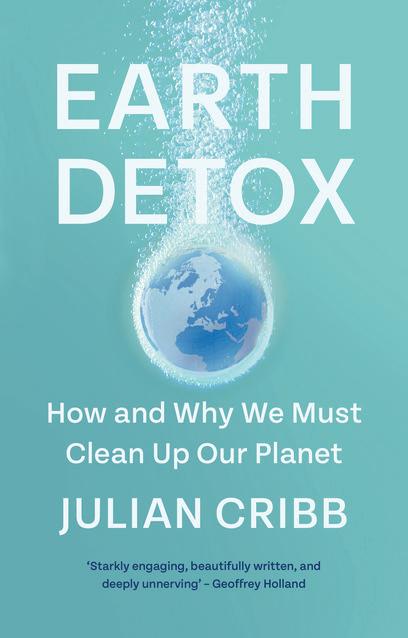
9 minute read
Environmental Science
Earth Detox
How and Why we Must Clean Up Our Planet
Julian Cribb
Julian Cribb & Associates
Description
Every person on our home planet is affected by a worldwide deluge of man-made chemicals and pollutants – most of which have never been tested for safety. Our chemical emissions are six times larger than our total greenhouse gas emissions. They are in our food, our water, the air we breathe, our homes and workplaces, the things we use each day. This universal poisoning affects our minds, our bodies, our genes, our grandkids, and all life on Earth. Julian Cribb describes the full scale of the chemical catastrophe we have unleashed. He proposes a new Human Right – not to be poisoned. He maps an empowering and hopeful way forward: to rid our planet of these toxins and return Earth to the clean, healthy condition which our forebears enjoyed, and our grandchildren should too.
Key Features
• A terrifying yet hopeful account of the effects of man-made chemicals on us all • Quantifi es the total global chemical impact on the planet and humanity, and shows what a major catastrophic risk this poses for the health and safety of individuals and society • Describes the Anthropogenic Chemical Circulation, a deadly phenomenon six times larger than our total greenhouse gas emissions • Links chemical emissions to the daily lived experience of the reader • Presents the arguments for combined global action • Maps a clear path forward to reduce the man-made toxic burden on the individual, society and the Earth, identifying opportunities, methods and strategies to detox the Earth
Contents
Preface; 1. Chemical avalanche; 2. Poisoning a Planet; 3. Are you a contaminated site?; 4. Diabolic cocktail; 5. Unseen risks; 6. Sick society; 7. Getting away with murder; 8. Clean up Society; 9. Clean up the Earth; 10. Averting disaster; Postscript. A warning from deep time; Index.
Additional Information
Level: General readers, undergraduate students, amateurs/enthusiasts
July 2021 216 x 138 mm c.300pp 978-1-108-93108-3 Paperback £10.99 / US$14.95
Korean rights sold.

Extinctions
Living and Dying in the Margin of Error
Michael Hannah
Victoria University of Wellington
Description
Are we now entering a mass extinction event? What can mass extinctions in Earth’s history tell us about the Anthropocene? What do mass extinction events look like and how does life on Earth recover from them? The fossil record reveals periods when biodiversity exploded, and short intervals when much of life was wiped out in mass extinction events. In comparison with these ancient events, today’s biotic crisis hasn’t (yet) reached the level of extinction to be called a mass extinction. But we are certainly in crisis, and current parallels with ancient mass extinction events are profound and deeply worrying. Humanity’s actions are applying the same sorts of pressures – on similar scales – that in the past pushed the Earth system out of equilibrium and triggered mass extinction events. Analysis of the fossil record suggests that we still have some time to avert this disaster: but we must act now.
Key Features
• Humans are facing a major biotic crisis of our own making. Michael Hannah sets the current biodiversity crisis into the context of
Earth history as told by the fossil record, helping readers fully appreciate the environmental crisis we face, and pointing the way we can avoid a mass extinction of our own creation
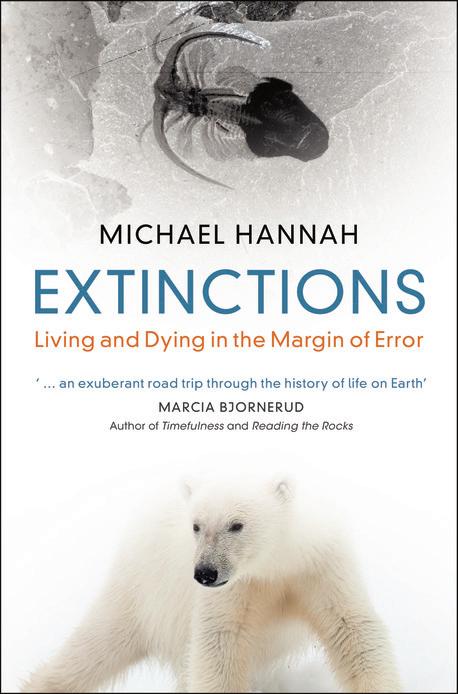
• Explains the concept of the Earth System as the regulator of the planet’s climate and the consequences that result from its failure • Emphasizes the importance of a diverse biosphere in maintaining the Earth System, and encourages the conservation of the planet’s biota • Stresses the importance of mass extinctions in the history of life, telling readers how mass extinctions control both the level of the planet’s biodiversity and the composition of its biota • Introduces the Anthropocene and emphasizes the damage that humans are doing to the Earth
Contents
Preface; Acknowledgements; Further reading; Introduction; 1. The Anthropocene and the Earth system; 2. A short detour: the fossil record and the geological time scale; 3. The origin of animals and the emergence of the Earth system; 4. Documenting ancient biodiversity; 5. Mass extinctions – the basics; 6. Causes of the End-Permian and End-Cretaceous extinction events; 7. Time heals all – recovering from a mass extinction; 8. The late Quaternary megafaunal extinctions; 9. Surviving the Anthropocene; Further reading; Index.
Additional Information
Level: General readers, undergraduate students
September 2021 229 x 152 mm 1pp 978-1-108-84353-9 Hardback £20.00 / US$24.95
Pandora’s Toolbox
The Hopes and Hazards of Climate Intervention
Wake Smith
Harvard University, Massachusetts
Description
Reaching Net Zero Emissions will not be the end of the climate struggle, but only the end of the beginning. For centuries thereafter, temperatures will remain elevated, climate damages will continue to accrue, and sea levels will continue to rise. Even the urgent task of reaching Net Zero cannot be achieved rapidly by emissions reductions alone. To hasten Net Zero and minimize climate damages thereafter, we will also need massive carbon removal and storage. We may even need to reduce incoming solar radiation in order to lower unacceptably high temperatures. Such unproven and potentially risky climate interventions raise mind-blowing questions of governance and ethics. Pandora’s Toolbox offers readers an accessible and authoritative introduction to both the hopes and hazards of some of humanity’s most controversial technologies, which may nevertheless provide the key to saving our world.
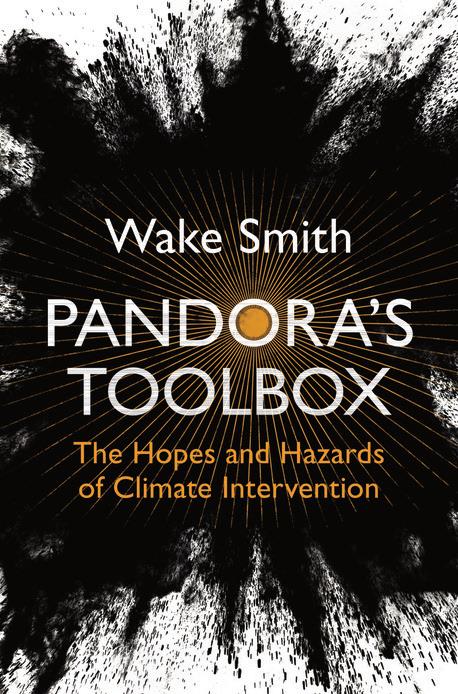
Key Features
• Provides an overview of climate change to clarify why mitigation and adaptation are necessary but not sufficient • Provides a comprehensive review of the portfolio of climate intervention technologies and theories • Addresses the political, ethical, and social implications of climate intervention
Contents
Prologue; Part I. Climate Introduction: 1. Where Do We Stand On Climate Change?; 2. Climate Science 101; 3. What’s So Bad About Climate Change?; 4. Climate Negotiations; 5. Climate Economics; Part II. Responses to Climate Change: 6. The Energy Transition; 7. Other Mitigation; 8. Adaptation; 9. Our Descendants Will Demand Climate Intervention; Part III. Carbon Removal: 10. Natural Solutions; 11. Industrial Carbon Capture & Sequestration; 12. Direct Air Capture; Part IV. Solar Radiation Management: 13. Solar Radiation Management Alternatives; 14. Stratospheric Aerosol Injection; 15. Stratospheric Aerosol Injection Deployment; Part V. Social Ramifications of Climate Intervention: 16. Governance of Carbon Removal; 17. Governance of Solar Radiation Management; 18. Climate Ethics; 19. Public Perception; Part VI. Prospective Research Agenda: 20. The Path Forward for Carbon Dioxide Removal; 21. The Path Forward for Solar Radiation Management; Epilogue.
Additional Information
Level: General readers, undergraduate students
February 2022 229 x 152 mm c.250pp 978-1-316-51843-4 Hardback £20.00 / US$24.95
Recipe for Survival
What You Can Do to Live a Healthier and More Environmentally Friendly Life
Dana Ellis Hunnes
University of California, Los Angeles
Description
What can you do to improve your health and at the same time improve the health of our home planet? Do you want to be a healthier and more sustainable consumer? In this straightforward, easy-to-understand and entertaining book, dietitian and environmentalist Dr. Dana Ellis Hunnes outlines the actions we can all take. Many people feel overwhelmed by the scope of climate change and believe that only large, sweeping changes will make any difference. Yet the choices we make every day can have effects on climate change, the oceans, the land, and other species. This book outlines the problems we are facing, and then presents ideas or ‘recipes’ to empower us, to help us all make a difference. Recipe For Survival provides the guidance that you can use right now to improve your health, your family’s health, and the health of the environment simultaneously.
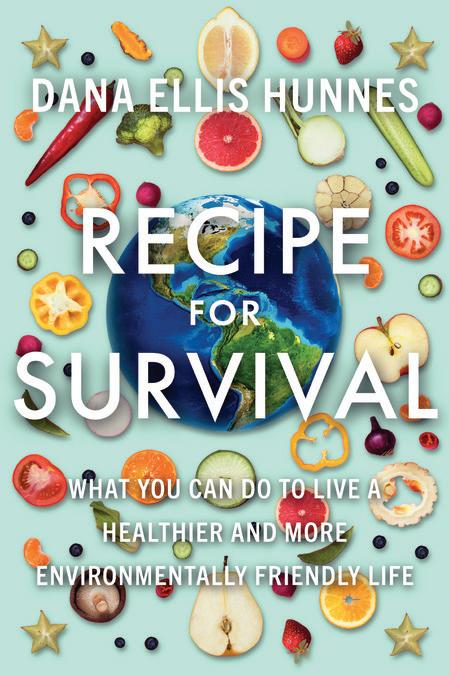
Key Features
• Engagingly and personably written by a practicing dietitian, educator, researcher, and mother. Many people who are looking to change their diet to be more healthy and more environmentally friendly to help save the planet do not necessarily know how: this book gives practical tips • Contains practical tips and examples that anyone can use – every day – to improve both their health and the environment.
Provides 20+ ideas/solutions (such as food lists, food ideas) and examples (shopping lists) individuals can engage with to feel they are making beneficial changes to their health and the planet • The book is hopeful and solution-oriented: it will empower individuals to do their part, take a stand, and make a difference. This is very important to overall psychological well being and mental health
Contents
Part I. 1. Agriculture is a Major Driver of Climate Change (and Disease); 2. Politics and Dietary Guidelines, Two Major Problems; 3. Overfishing: There is No Such Thing as Sustainable Fish; 4. Plastic, It’s What’s for Dinner; 5. Environmental Exploitation; 6. Species Exploitation for Entertainment; 7. The Positives – Examples of the ‘Good’ Being Done Around the World; Part II: 8. Protecting Earth – One Recipe at a Time – An Introduction; 9. Epilogue: Final Thoughts and Key Takeaways; Appendix: Recipes You Can Use; References; Index.
Additional Information
Level: General readers, undergraduate students, amateurs/enthusiasts
January 2022 229 x 152 mm c.300pp 978-1-108-83219-9 Hardback £20.00 / US$24.95
Planetary Health
Safeguarding Human Health and the Environment in the Anthropocene
Andy Haines
London School of Hygiene and Tropical Medicine
Howard Frumkin
University of Washington
Description
We live in unprecedented times – the Anthropocene – defined by far-reaching human impacts on the natural systems that underpin civilisation. Planetary Health explores the many environmental changes that threaten to undermine progress in human health, and explains how these changes affect health outcomes, from pandemics to infectious diseases to mental health, from chronic diseases to injuries. It shows how people can adapt to those changes that are now unavoidable, through actions that both improve health and safeguard the environment. But humanity must do more than just adapt: we need transformative changes across many sectors – energy, housing, transport, food, and health care. The book discusses specific policies, technologies, and interventions to achieve the change required, and explains how these can be implemented. It presents the evidence, builds hope in our common future, and aims to motivate action by everyone, from the general public to policymakers to health practitioners.
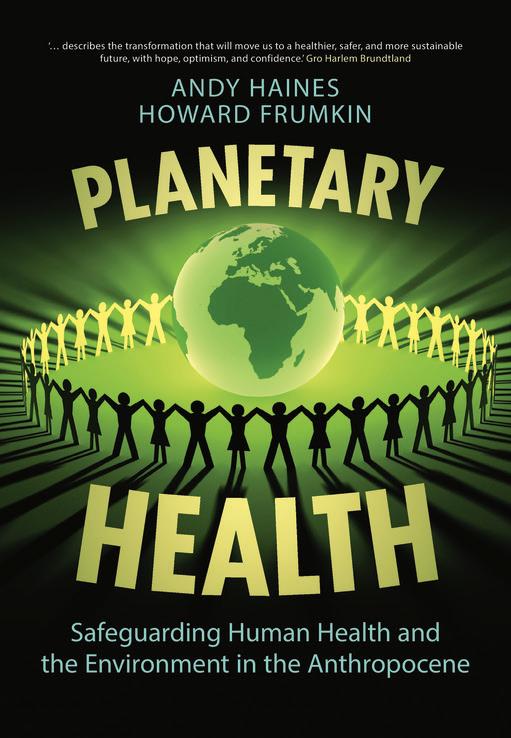
Key Features
• Provides wide-ranging assessments of the pathways by which global environmental changes can affect human health • Discusses how conventional public health thinking needs to evolve to address the challenges of the Anthropocene epoch • Provides examples of specific policies across different sectors that could help safeguard health in the Anthropocene, including how the public, policymakers, and public health practitioners can act to support transformative change for the better
Contents
1. Our Changing Planet; 2. Climate Change; 3. Pollution, Land Use, Biodiversity, and Health; 4. Assessing Vulnerability and Risk in the Anthropocene Epoch; 5. Adaptation and Resilience to Planetary Change; 6. Addressing Conceptual, Knowledge and Implementation Challenges; 7. Health in the Sustainable Development Goals; 8. Transforming Energy and Industry: Toward a Net-zero Circular Economy for Health; 9. Sustaining Urban Health in the Anthropocene Epoch; 10. Food Systems and Land Use; 11. The Role of Health Professionals in Fostering Planetary Health; 12. Sustaining Planetary Health in the Anthropocene; Index.
Additional Information
Level: Professionals, general readers
July 2021 244 x 170 mm 454pp 978-1-108-49234-8 Hardback £49.99 / US$64.99










